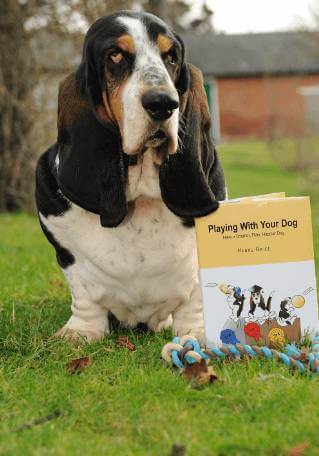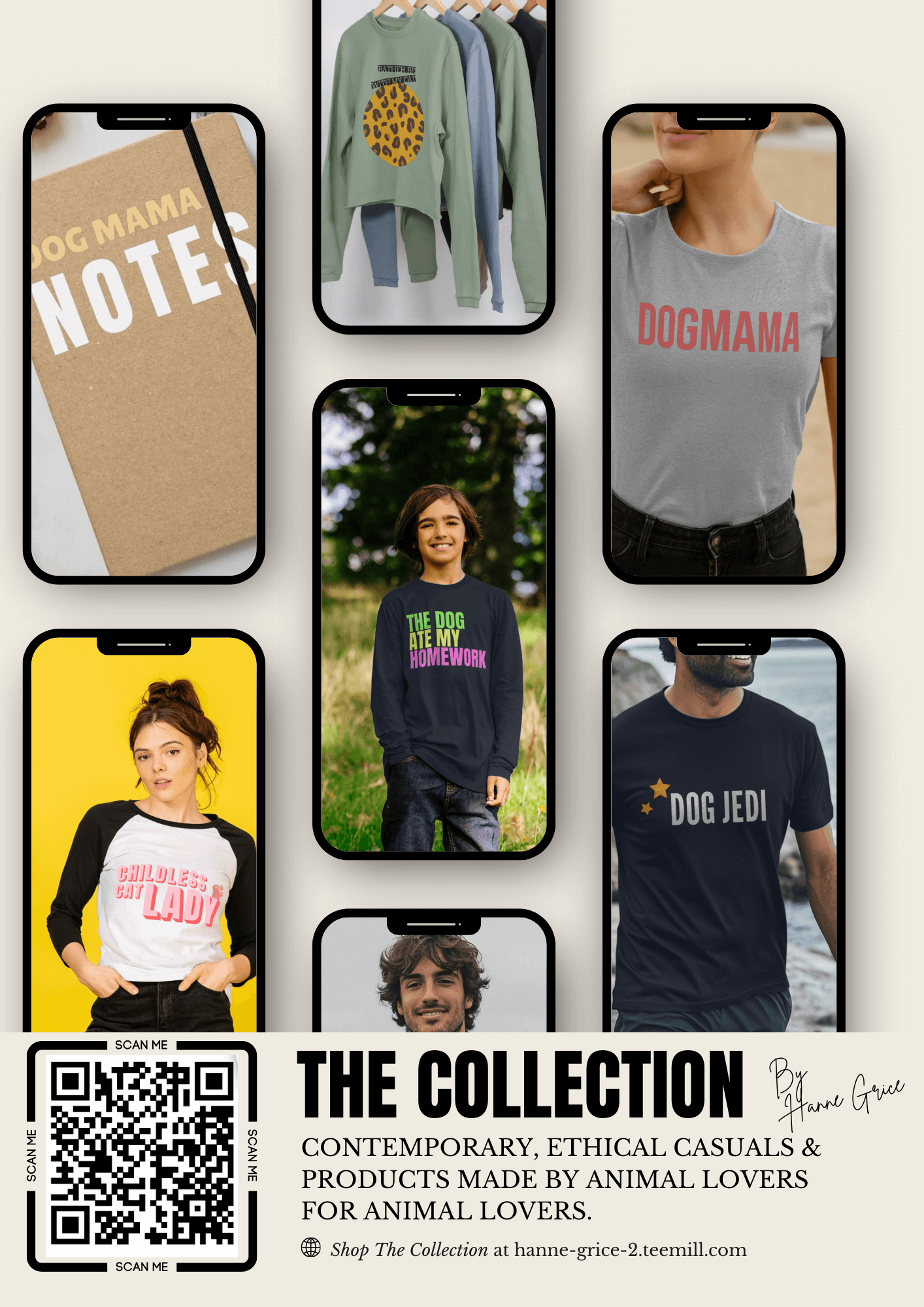Data suggest dog owners tend to anthropomorphise their four-legged friends more than cat owners (Dotson et al., 2010). Indeed, in recent years research has explored dog owners use of ‘baby-talk’ and how they are more likely to cradle their pet much like you would hold an infant (Serpell, 1996), highlighting similarities between the dog-owner relationship and parent-child relationships (Mitchell, 2010).
One study on communicating with dogs suggested talking in a high-pitch voice with exaggerated emotion such as calling a dog “sweetie pie”, as adults would with babies, improves engagement with puppies (. Now a new study is exploring this subject matter further to understand why we talk to dogs in this way, whether it is useful to dogs, or if humans simply use baby-talk because we like to treat our dogs like babies.
Unlike previous studies where voices have been played to dogs via speakers without the human present, Benjamin and Slocombe (2017) placed real humans in the same room as the dog to create a more natural set-up and help determine whether dogs paid more attention to baby-talk (or ‘dog-directed’ speech) but also wanted to spend more time with the individual that had spoken to them in this way. A series of tests were made where dogs were given the chance to hear one person using dog-directed speech that included phrases such as “you’re a good dog” and another person using ‘adult-directed’ speech that contained no dog-related content, such as “I went to the cinema last night.”
The researchers measured the dogs’ attention during the vocalisations and then afterwards observed which person the dog would choose to interact with – the one using dog-directed speech or adult-directed speech.
After this test, the speakers then mixed up the two types of speech and content; dog-directed speech was used with non-dog-related words, and adult-directed speech was used with dog-related words. This was to enable the scientists to understand whether it was the high-pitched emotional tone of the speech that dogs were attracted to or, in fact, the words elicited. What the team found was that adult dogs were more likely to interact with the speaker that used the dog-directed speech with dog-related content than those that used adult-directed speech with no dog-related content. Upon mixing up the types of speech and content, the dogs showed no preference for one individual over the other, suggesting that dogs need to hear not only dog-related speech but also relevant words in order for us to gain their attention and interaction.
The benefit of such studies is that it helps owners be mindful of the way we speak to our pets and also what we say, in order for our dogs to find relevance and, in turn, strengthen the human-dog dyad.
References
Ben-Aderet, T., Gallego-Abenza, M., Reby, D., and Mathevon, N. (2017) ‘Dog-directed speech: why do we use it and do dogs pay attention to it?’ Proceedings of the Royal Society B 284(2429) http://dx.doi.org/10.1098/rspb.2016.2429.
Benjamin, A., Slocombe, K., 2018. “Who’s a good boy?” Dogs prefer naturalistic dog-directed speech. Animal Cognition. 21(98), 1-12.
Dotson, M.J., Hyatt, E.M., Clark, J.D. (2010) ‘Traveling with the Family Dog: Targeting an Emerging Segment.’ Journal of Hospitality Marketing & Management 20(1) pp. 1-23.
Mitchell, R.W. (2010) ‘Americans Talk to Dogs: Similarities and Differences With Talk to Infants.’ Research on Language and Social Interaction 34(2) pp. 183-210.
Serpell, J.A. (1996) ‘Evidence for an association between pet behavior and owner attachment levels.’ Applied Animal Behavior Science 47(1-2) pp. 49-60.
Learn more about our classes

Get Hanne's book, clothing and more
Hanne has a number of publications including her book Playing With Your Dog to help owners work out the games that are best suited for their pet to play throughout his life, from puppyhood to old age, available from Amazon. Check out Hanne's range of contemporary casuals The Collection – for pet lovers made from recyclable, organic materials that are sustainably sourced.

